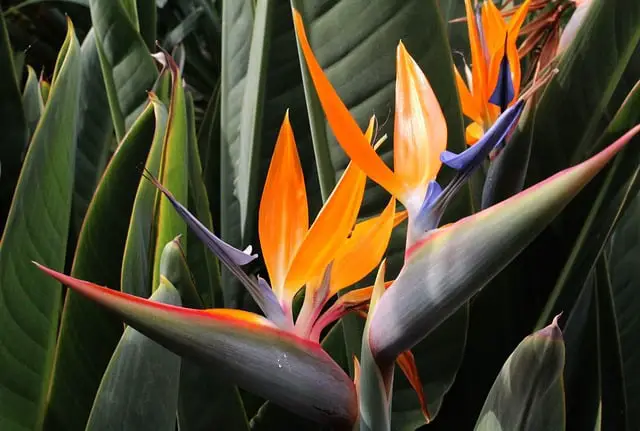Bird of Paradise plants are known for their striking, tropical appearance and are a popular choice for indoor and outdoor gardens alike. However, one common issue that many gardeners face with these plants is when their leaves start turning yellow or brown.
This can be a cause for concern, as it may indicate an underlying problem that needs to be addressed.
Understanding Bird of Paradise plants is key to diagnosing and treating issues with their leaves. These plants are native to South Africa and are known for their large, banana-shaped leaves and vibrant orange and blue flowers.
They are relatively easy to care for, but like any plant, they can be susceptible to a range of problems that can cause their leaves to turn yellow or brown. By understanding the common causes of this issue, gardeners can take the necessary steps to diagnose and treat the problem, and prevent it from happening in the future.
Key Takeaways
- Bird of Paradise plants are popular for their tropical appearance, but yellow or brown leaves can be a cause for concern.
- Understanding the common causes of yellow and brown leaves is key to diagnosing and treating the problem.
- Taking corrective and preventive measures can help keep Bird of Paradise plants healthy and thriving.
Check out these other related posts:
Understanding Bird of Paradise Plants
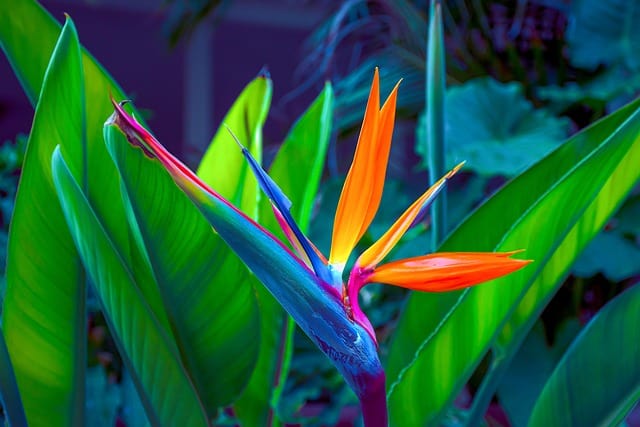
Bird of Paradise, also known as Strelitzia, is a tropical plant native to South Africa. It is a popular choice for indoor plants due to its unique and striking appearance. The plant features large, glossy leaves and vibrant, bird-like flowers that resemble the head of a crane.
While bird of paradise plants are relatively easy to care for, they can experience yellowing and browning of their leaves, which can be a cause for concern for plant owners. Understanding the reasons behind these issues can help prevent and treat them.
One reason for yellowing leaves is overwatering. Bird of paradise plants prefer well-draining soil and should not be watered excessively. Another reason could be underwatering, which can cause the plant to become dehydrated and lead to yellowing leaves.
Brown leaves can be caused by a variety of factors, including lack of humidity, frost damage, poor water quality, diseases, and pest infestations. It is important to identify the specific cause of the issue in order to properly treat it.
In addition to proper watering, bird of paradise plants thrive in bright, indirect sunlight and should be fertilized regularly during the growing season. With proper care and attention, bird of paradise plants can continue to thrive and add a unique touch to any indoor space.
Bird of Paradise Leaves Turning Yellow and Brown – 6 Common Problems
Bird of Paradise is a popular houseplant known for its stunning foliage and vibrant flowers. However, yellow and brown leaves can be an indication of underlying issues. Here are some common causes of yellow and brown leaves:
1. Overwatering
Overwatering is one of the most common causes of yellow and brown leaves on Bird of Paradise. When the soil is constantly wet, the roots can become waterlogged, which can lead to root rot. This can cause the leaves to turn yellow and brown, and eventually fall off. To fix this issue, reduce watering frequency and make sure the soil is well-draining.
2. Underwatering
Underwatering can also cause yellow leaves on Bird of Paradise. When the plant doesn’t receive enough water, the leaves can become dry and brittle, and eventually turn yellow. To fix this issue, water the plant thoroughly and make sure the soil is evenly moist.
3. Inadequate Sunlight
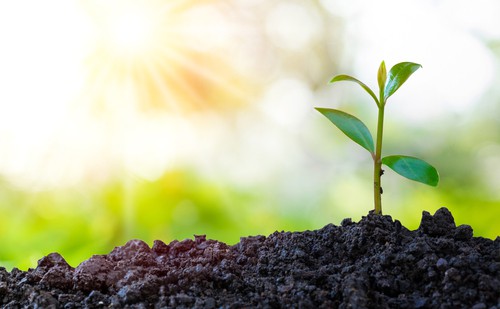
Bird of Paradise requires full sun or bright, indirect light to thrive. If the plant is not receiving enough sunlight, the leaves can turn yellow and brown. To fix this issue, move the plant to a brighter location.
4. Nutrient Deficiencies
Nutrient deficiencies can also cause yellow leaves on Bird of Paradise. Lack of iron, nitrogen, zinc, sulfur, and magnesium can all cause yellowing of the leaves. To fix this issue, fertilize the plant with a balanced fertilizer.
5. Pest Infestation
Pests like aphids, whiteflies, and opogona crown borers can also cause yellow and brown leaves on Bird of Paradise. These pests can suck the sap out of the leaves, causing them to turn yellow and brown. To fix this issue, use an insecticidal soap or neem oil to get rid of the pests.
6. Disease
Fungal diseases like leaf blight and fungal leaf spot can cause yellow and brown leaves on Bird of Paradise. These diseases can spread quickly and cause extensive damage to the plant. To fix this issue, remove the infected leaves and treat the plant with a fungicide.
Diagnosing the Problem
When a Bird of Paradise plant’s leaves start to turn yellow or brown, it can be a sign of a problem. Diagnosing the issue can be challenging, but it is essential to identify the cause to fix the problem. Here are some common causes of yellowing and brown spots on Bird of Paradise leaves:
1. Poor Drainage
Poor drainage can cause root rot, which can lead to yellowing leaves and stunted growth. When the soil doesn’t drain well, it can become waterlogged, and the roots can suffocate. To fix this issue, make sure the soil is well-draining and that the pot has drainage holes.
2. Overwatering or Underwatering

Overwatering or underwatering can cause yellowing leaves and brown spots. Overwatering can drown the roots, leading to root rot, while underwatering can cause the plant to dry out. To fix this issue, make sure to water the plant when the top inch of soil feels dry.
3. Lack of Nutrients
A lack of nutrients can cause discoloration and stunted growth. Bird of Paradise plants require regular fertilization to thrive. Use a balanced fertilizer every two weeks during the growing season to provide the necessary nutrients.
4. Pest Infestation
Pests, such as spider mites and mealybugs, can cause yellowing leaves and leaf spots. Check the plant regularly for signs of pests and treat the issue promptly.
5. Diseases
Diseases, such as leaf spot and blight, can cause yellowing and brown spots on the leaves. To prevent diseases, make sure the plant has proper airflow and avoid overwatering.
Corrective Measures and Solutions
1. Proper Watering
One of the most common reasons for bird of paradise leaves turning yellow and brown is overwatering or underwatering. To prevent this, it is important to water the plant properly. The soil should be moist but not waterlogged, and the top inch of soil should be allowed to dry out before watering again.
It is also important to ensure that the pot has good drainage and that excess water can escape through the drainage hole.
2. Lighting and Sun Exposure
Bird of paradise plants require bright, indirect light to thrive. If the plant is not receiving enough sunlight, the leaves may turn yellow and brown. If natural light is not sufficient, grow lights can be used to supplement it.
On the other hand, if the plant is exposed to direct sunlight, the leaves may become scorched and turn brown. Therefore, it is important to find the right balance of light and sun exposure for the plant.
3. Nutrient Management
Bird of paradise plants require regular fertilization to maintain healthy growth. However, overfertilization can lead to fertilizer burn, which can cause the leaves to turn yellow and brown. It is important to use a balanced fertilizer and to follow the manufacturer’s instructions for application.
4. Pest and Disease Control
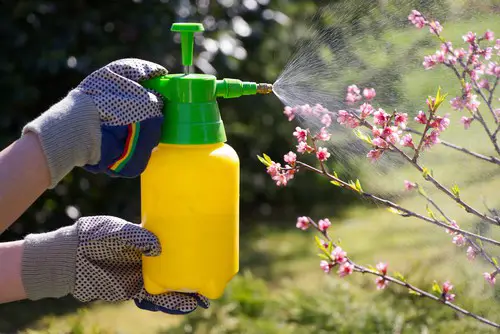
Pests and diseases can also cause bird of paradise leaves to turn yellow and brown. Common pests include spider mites, mealybugs, and scale insects. These can be treated with neem oil or insecticidal soap.
Diseases such as root rot can also cause the leaves to turn yellow and brown. To prevent this, it is important to ensure that the soil has good drainage and that the plant is not overwatered.
5. Repotting and Soil Quality
Bird of paradise plants should be repotted every two to three years in fresh potting mix. The potting mix should be well-draining and have good aeration. It is also important to ensure that the pot has a drainage hole to prevent water from accumulating in the bottom.
Poor soil quality can lead to a lack of nutrients and water, which can cause the leaves to turn yellow and brown.
Preventive Measures
To prevent yellow and brown leaves on a bird of paradise plant, it is important to provide proper care and maintenance. Here are some preventive measures to consider:
1. Watering
One of the most common causes of yellow and brown leaves on a bird of paradise plant is improper watering. The plant requires regular watering, but overwatering or underwatering can cause stress and damage to the leaves.
It is important to water the plant deeply and allow the soil to dry out slightly between watering sessions. Ensure that the pot has proper drainage to prevent standing water, which can lead to root rot.
2. Sunlight
Bird of paradise plants thrive in bright, indirect sunlight. Placing the plant in a south-facing window can provide the necessary light, but direct sunlight can cause sunburned leaves. If the plant is not receiving enough light, it may become dehydrated and develop yellow leaves.
3. Temperature and Humidity
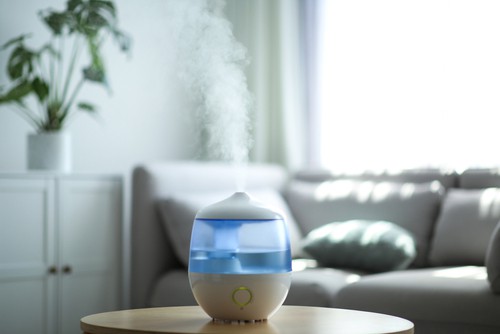
Bird of paradise plants prefer warm temperatures and high humidity. Exposure to cold temperatures or frost can cause stress and damage to the leaves. It is important to keep the plant in a warm, humid environment, away from drafts and cold air.
4. Transplant Shock
Transplanting a bird of paradise plant can cause stress and shock to the plant, leading to yellow and brown leaves. When transplanting, it is important to handle the plant gently and provide proper care and maintenance to help the plant recover.
5. Pest Control
Pests, such as spider mites and mealybugs, can infest a bird of paradise plant and cause damage to the leaves. It is important to regularly inspect the plant for signs of infestation and take measures to control and prevent pests.
Conclusion
Yellow and brown leaves on a bird of paradise plant are often caused by overwatering, nutrient deficiencies, underwatering, mineral deposits, pests, heat stress, lack of humidity, frost damage, poor water quality, diseases, and pest infestations.
To prevent yellow and brown leaves, it is important to ensure proper watering, fertilization, and sunlight. Regularly inspecting the plant for pests and diseases is also crucial. If the plant is already showing signs of yellow or brown leaves, it is important to identify the cause and take appropriate action.
In some cases, repotting the plant into a larger container may be necessary. It is also important to maintain proper humidity levels and avoid exposing the plant to extreme temperatures.
Frequently Asked Questions
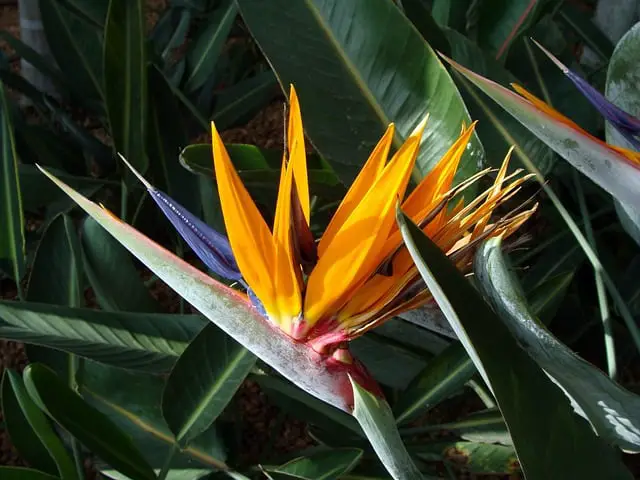
How do you get rid of yellow leaves on Bird of Paradise?
To get rid of yellow leaves on Bird of Paradise, you need to identify the cause of the problem. Some common causes of yellowing leaves include overwatering, underwatering, nutrient deficiency, and pests.
Once you have identified the cause, you can take the appropriate action to fix the problem. For example, if the plant is overwatered, you should reduce the frequency of watering and ensure that the soil is well-draining.
Why is my Bird of Paradise leaves turning yellow and curling?
Yellow and curling leaves on Bird of Paradise can be caused by a variety of factors, including overwatering, underwatering, nutrient deficiency, and pests. One common cause is overwatering, which can lead to root rot and other problems.
To fix the problem, you should reduce the frequency of watering and ensure that the soil is well-draining.
What does an underwatered Bird of Paradise look like?
An underwatered Bird of Paradise may have yellow or brown leaves that are dry and brittle. The leaves may also be curled or wilted. If you suspect that your plant is underwatered, you should water it thoroughly and ensure that the soil is moist but not waterlogged.
How do you fix yellow and brown leaves on plants?
To fix yellow and brown leaves on plants, you need to identify the cause of the problem. Common causes include overwatering, underwatering, nutrient deficiency, and pests.
Once you have identified the cause, you can take the appropriate action to fix the problem. For example, if the plant is overwatered, you should reduce the frequency of watering and ensure that the soil is well-draining.
What causes brown spots on Bird of Paradise leaves?
Brown spots on Bird of Paradise leaves can be caused by a variety of factors, including fungal or bacterial infections, pests, and sunburn. To fix the problem, you should identify the cause and take the appropriate action. For example, if the problem is caused by a fungal infection, you may need to treat the plant with a fungicide.
Why are my Bird of Paradise leaves splitting?
Bird of Paradise leaves may split if the plant is overwatered or exposed to cold temperatures. Overwatering can lead to root rot, which can cause the leaves to split.
Cold temperatures can also cause the leaves to split, especially if the plant is exposed to frost. To fix the problem, you should reduce the frequency of watering and ensure that the plant is kept in a warm location.

Hey, I’m Lisa and I’ve been an avid gardener for over 30 years. I love writing, talking and living in the garden! Feel free to connect with me on my socials below

